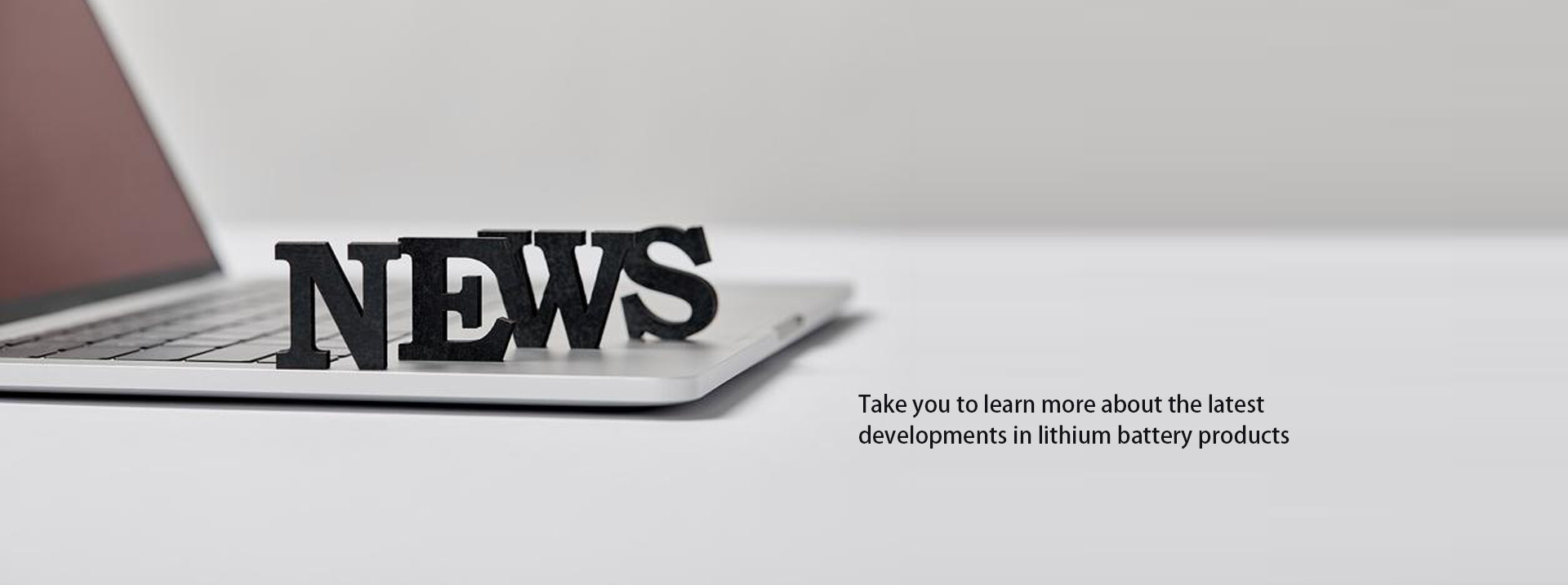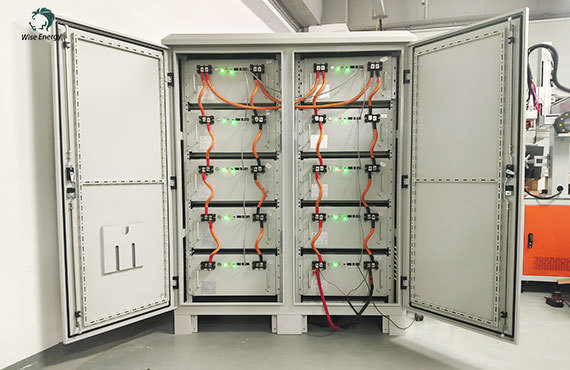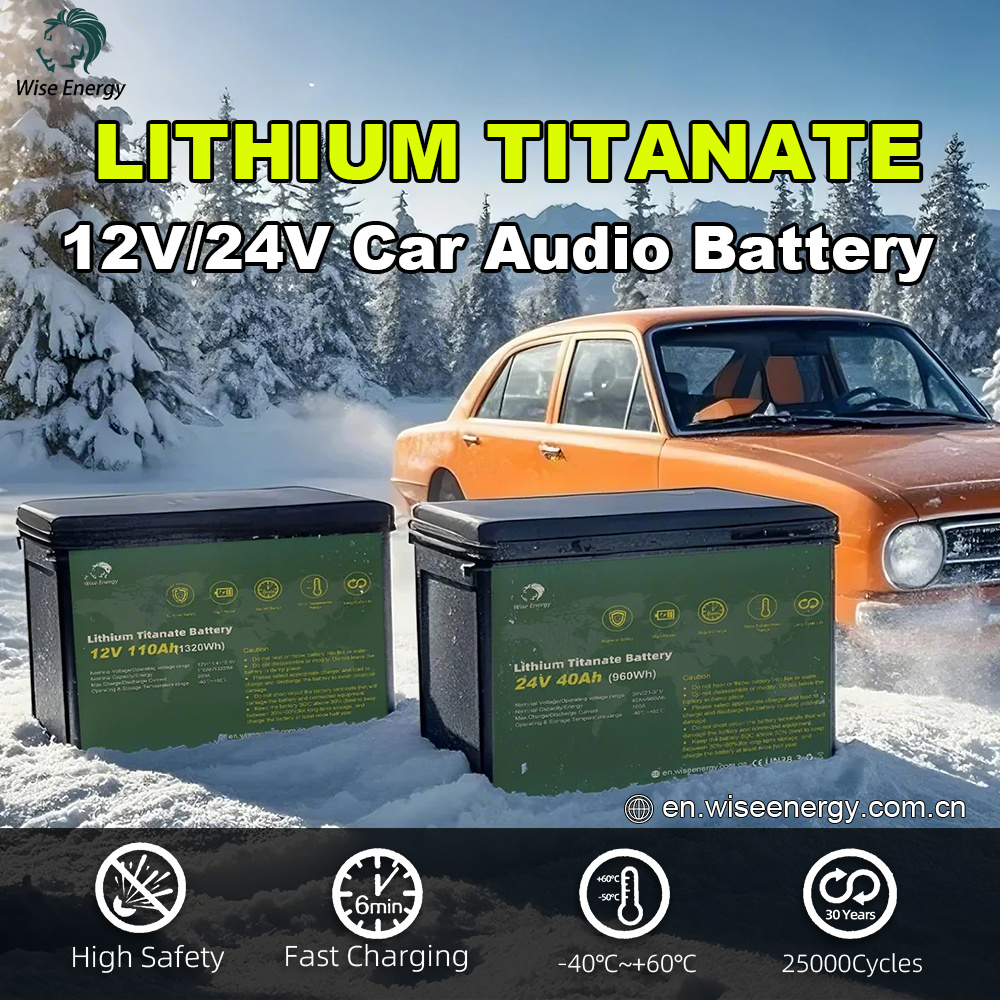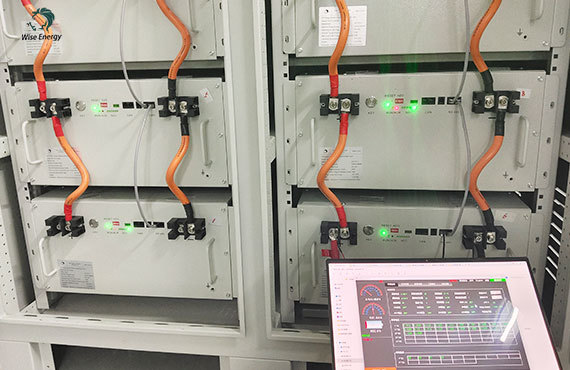What is with all of the different types of batteries, jargon and abbreviations?
Release time:
2024-07-10
All of the different types of batteries, jargon and abbreviations
Battery: A battery is made up of individual cells connected together to store the energy needed to run electrical items. There are too many types of batteries to list and describe all of them. Contact us if you have a specific question.
Below is a summary of the battery types:
Lithium Battery: Either Lithium Ion, or Lithium Iron Phosphate (LiFePO4): High-Quality Lithium batteries have been commercially-available for more than 10 years. They are strong, safe, inexpensive, and easily provide 15 years of service. Lithium Iron Phosphate batteries are so stable, it is not uncommon in DIY (Do-It-Yourself) circles to run them without a Battery Management System, but there is always some risk – and this is not recommended. Lithium-Ion batteries are slightly better-performing, but more tempermental, and they do contain Cobalt.
Lithium-Ion: Lithium-Ion batteries are what are generally used in electric cars. Also referred to as NMC (or NCM) batteries, the negative terminal contains nickel, manganese, cobalt (and other things) to reduce weight and provide high current for short periods of time. The downside is they are more expensive than Lithium Iron Phosphate, and temperamental – including being subject to thermal-runaway. Therefore Lithium-Ion requires a more intensive Battery Management System. You can expect a Lithium-Ion battery to last 10-years.
Lead-Acid: There are too many types of Lead-Acid battery to mention, however the most common are Flooded Lead-Acid (FLA battery). The main advantage of flooded Lead-Acid is low initial-cost, and for Lead-Acid in general, the ability to provide high-currents (to start an engine). Although performance is severely-reduced, Lead-Acid batteries can be used in the winter without preheating. In contrast to all Lithium chemistries, Flooded Lead-Acid batteries in particular require regular maintenance, are approximately four-times heavier, and three-times larger.
Lithium Titanate (LTO): LTO batteries are amazing. Uniquely for Lithium, they have excellent performance in cold weather, exceeding Lead-Acid by far. They also have the ability to provide very high currents, and therefore can be smaller for starting applications. LTO is about twice as heavy as Lithium Ion, but less than half of Lead-Acid, and will easily last 20 or 30 years. Used for military-type applications, until recently Lithium Titanate was very expensive, but is now available at a lower price. LTO does not contain cobalt.







